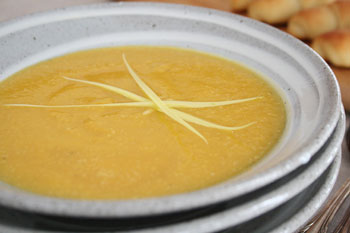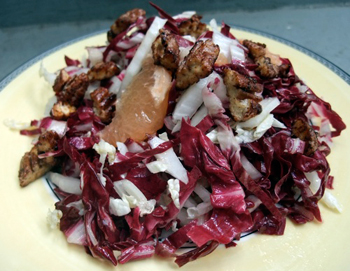 Everyone has an event that ignites the holiday spirit. Maybe it’s a family outing to cut down a tree or baking spicy, fragrant cookies but for me it’s that annual telephone call a week in advance and the magical ride to Glidden Point Oyster Farm in Edgecomb, Maine.
Everyone has an event that ignites the holiday spirit. Maybe it’s a family outing to cut down a tree or baking spicy, fragrant cookies but for me it’s that annual telephone call a week in advance and the magical ride to Glidden Point Oyster Farm in Edgecomb, Maine.
The phone call and the ride is the start of the holiday season for me, it’s even better then listening to Handel’s Messiah. I order plenty to last from Christmas Eve through New Years Eve, and I serve them in copious quantities.
Barb Scully, the owner of the oyster farm, dives 40 foot deep into the ‘brisk’ water of the Damariscotta River in front of her business/home-that is her description. I should add that the brackish water is almost frozen by Christmas and she generally stops diving for oysters by the 25th, closing her operation down for a few months.
She is a skinny, short-haired woman with pasty white skin and a constant indentation circling her face from her diver’s wet suit. She has a rather abrupt manner to her, but boy, are her oysters the Rolls Royce of shellfish. When I get them they are barely hours old and she dives for the big ones, especially for me. I’ll eat little oysters if I have to but I prefer the older, jumbo ones - luncheon plate size.

 As the New Year begins, it only seems right to offer a recipe for a soup that is chock full of vegetables and even a little bit of fruit. The creamy soup will incorporate nicely into a regime of healthful menus.
As the New Year begins, it only seems right to offer a recipe for a soup that is chock full of vegetables and even a little bit of fruit. The creamy soup will incorporate nicely into a regime of healthful menus. As part of my resolution to eat more salad, I am trying to buy ingredients that can be turned into a salad without too much fuss. You practically need to buy tender salad greens every day so I've been buying crunchy vegetables and hardier leafy greens instead. On my shopping lists these days are daikon radish, carrots, celery, fennel and red radishes. Shaved thin, they all are great salad fixings. I also buy avocados, and some citrus fruit to gussy up my salads.
As part of my resolution to eat more salad, I am trying to buy ingredients that can be turned into a salad without too much fuss. You practically need to buy tender salad greens every day so I've been buying crunchy vegetables and hardier leafy greens instead. On my shopping lists these days are daikon radish, carrots, celery, fennel and red radishes. Shaved thin, they all are great salad fixings. I also buy avocados, and some citrus fruit to gussy up my salads.  I ‘d always look forward to this time of year when I worked at North Dakota State University. One of my colleagues would bring a big slow-cooker full of her delicious Beer Cheese Soup. Up to that point in my life, the only Beer Cheese soup I had tasted was served at a Fargo restaurant. It was very thick, very cheesy and very goopy. In my opinion, too thick, too cheesy and too goopy.
I ‘d always look forward to this time of year when I worked at North Dakota State University. One of my colleagues would bring a big slow-cooker full of her delicious Beer Cheese Soup. Up to that point in my life, the only Beer Cheese soup I had tasted was served at a Fargo restaurant. It was very thick, very cheesy and very goopy. In my opinion, too thick, too cheesy and too goopy. It's that time of year again when everyone is ready to jump onto the get-fit wagon. I could easily say that I should include myself in thatgroup, but I believe it's best to start by taking small steps before diving into a plan that you might not keep up. My first step for the New Year is a healthy one, it's simply to eat more healthy foods, like whole grains and to limit my intake of sugar. I actually love whole grains, but I just don't eat them often enough. Luckily my only downfall sugar-wise is chocolate, so it's easy for me to exclude sweets and candies entirely. But I've recently found myself using agave syrup as my choice of sweetener. That was my first step, what's yours?
It's that time of year again when everyone is ready to jump onto the get-fit wagon. I could easily say that I should include myself in thatgroup, but I believe it's best to start by taking small steps before diving into a plan that you might not keep up. My first step for the New Year is a healthy one, it's simply to eat more healthy foods, like whole grains and to limit my intake of sugar. I actually love whole grains, but I just don't eat them often enough. Luckily my only downfall sugar-wise is chocolate, so it's easy for me to exclude sweets and candies entirely. But I've recently found myself using agave syrup as my choice of sweetener. That was my first step, what's yours?
